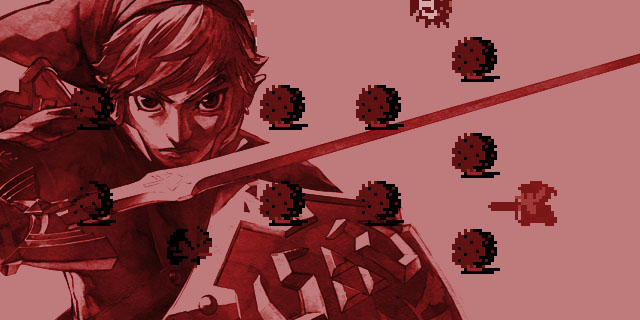
In From Pixels to Polygons, we examine classic game franchises that have survived the long transition from the 8- or 16-bit era to the current console generation.
To celebrate the recent announcement of the upcoming 3DS title, this week we’re looking at one of the longest-running (and most popular) gaming franchises around, The Legend of Zelda. The central formula has remained relatively unchanged, but there’s still plenty to cover. Let’s take a look at Nintendo’s legendary series!
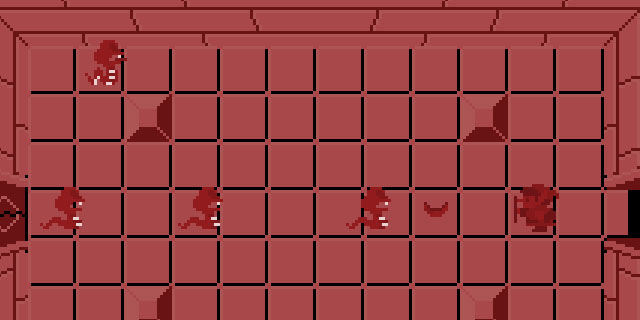
The humble beginnings of Hyrule
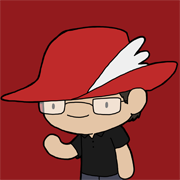 The legend begins.
The legend begins.
As with so many NES games of the era, it is often difficult to appreciate the new ground The Legend of Zelda was breaking. It was one of the first games to feature a fully-explorable open world, as well as the first in North America to feature a battery backup feature for saved games. The door was open for longer games built around a narrative lasting for hours, instead of a more short-term goal designed to be achieved in a single sitting. Though future installments would continue to build upon and refine these simple beginnings, The Legend of Zelda started us with the basic elements of what makes a Zelda game, elements that remain in each new installment today.
With Zelda II: The Adventure of Link, Nintendo began its tradition of experimentation, with one of the biggest changes to the series. What was a top-down adventure was turned sideways, combining the dungeon exploration of the original with a side-scrolling perspective in an attempt to make the game more like other popular titles of the time. Combat was expanded, introducing several new abilities. In the end, the changes were too much, too fast, and Nintendo ended up with a fairly negative fan reaction. With the exception of a few bits of Link’s Awakening, the series would return to its top down style until the advent of 3D graphics. – Jeff deSolla
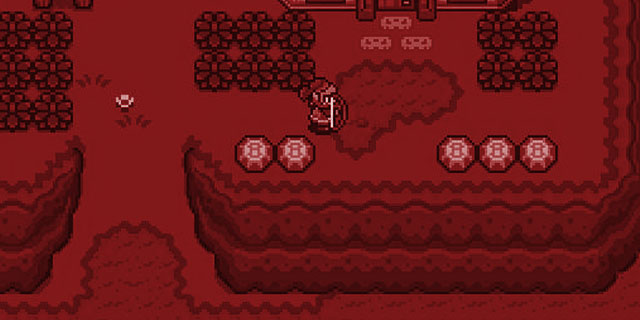
The evolution of adventure
 1991’s A Link to the Past was a return to the top-down formula of the original game. While there is nothing particularly earth-shattering about its mechanics, LttP features two large overworlds and boats 13 expertly-crafted dungeons. Link to the Past really showed that Nintendo, while willing to experiment with the series, was also in tune with fan reactions to Zelda II. Some things, like an increased focus on Link’s magical abilities, were carried over, but everything else reverted (and is better for it) to the style of the original.
1991’s A Link to the Past was a return to the top-down formula of the original game. While there is nothing particularly earth-shattering about its mechanics, LttP features two large overworlds and boats 13 expertly-crafted dungeons. Link to the Past really showed that Nintendo, while willing to experiment with the series, was also in tune with fan reactions to Zelda II. Some things, like an increased focus on Link’s magical abilities, were carried over, but everything else reverted (and is better for it) to the style of the original.
Bringing Zelda successfully back to its overhead roots allowed Nintendo to start experimenting again. This time, though, Nintendo shifted to the Game Boy to change things up. In Link’s Awakening, our hero finds himself on Koholint Island looking for mystical instruments to confront the Wind Fish, instead of Hyrule looking for Triforce pieces to take on Ganon. On the surface the differences are largely cosmetic, but the payoff at the end makes Link’s Awakening perhaps the most interesting story ever told in a Zelda game. I don’t think I’ve ever felt so bad about completing a game as I did when I finally saw the credits roll on Link’s Awakening, both because I was blown away to play a proper Zelda adventure on my Game Boy and because the end of the narrative was that powerful.
The portable platform experimentation continued on the Game Boy Color with Oracle of Seasons and Oracle of Ages. Plenty of games have direct sequels. Fewer games are designed as a pair whose play order is irrelevant and final dungeon, final boss, and story payoff make playing both mandatory. Seasons is more focused on combat, while Ages forces players to think through more complex puzzles. Only after playing both games, and importing progress from one to the other, can players face off against Twinrova and then Ganon and truly save the lands of Labrynna and Holodrum. No games since were linked like the Oracle titles, but other games in the series, namely Four Swords and Four Swords Adventures, show that Nintendo is not done using the Zelda series to try out new concepts to show players a good time. – Justin Last
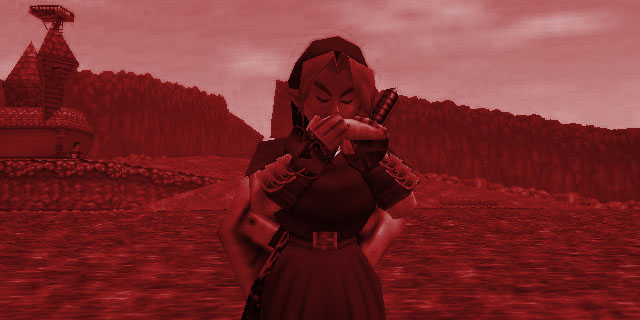
Link’s journey into 3D
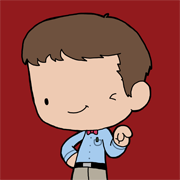 Few games can claim the level of acclaim and influence that Ocarina of Time has earned. Moreover, very few games have handled the transition from pixels to polygons quite as elegantly. Ocarina, following the massive success of Super Mario 64‘s shift to three dimensions, was somehow able to not only faithfully translate the distinct Zelda formula, but also pioneer techniques for navigating 3D space that we take for granted today. It used 3D to create creative puzzles and thoughtful combat that only polygons could provide. A true landmark title that would assert its dominance over the genre and even the entire medium for generations to come, Ocarina was the complete package, offering an adventure other games could only dream of providing.
Few games can claim the level of acclaim and influence that Ocarina of Time has earned. Moreover, very few games have handled the transition from pixels to polygons quite as elegantly. Ocarina, following the massive success of Super Mario 64‘s shift to three dimensions, was somehow able to not only faithfully translate the distinct Zelda formula, but also pioneer techniques for navigating 3D space that we take for granted today. It used 3D to create creative puzzles and thoughtful combat that only polygons could provide. A true landmark title that would assert its dominance over the genre and even the entire medium for generations to come, Ocarina was the complete package, offering an adventure other games could only dream of providing.
Majora’s Mask, on the other hand, took the series in a radically new direction in tone, themes, and narrative in general. Through the use of an in-game clock, MM was able to use its plot device of an ever-encroaching moon to put the player in a position that had thus far unthinkable in the series and even in games in general: one of powerlessness. The game’s masterful use of visual, aural and ludic metaphor to portray themes of grief, loss and death allow the player to explore these unpleasant emotions and even work through their own grief by projecting onto its nondescript slate.
Wind Waker is often regarded as the black sheep of the core Zelda family. Its adoption of a fresh new art style, emphasis on exploration and player-driven storytelling certainly set it apart from most other series entries. The introduction of The Great Sea and the myriad mysterious monuments on masses of land that inhabit it necessitate and encourage the player to set off towards the unknown and make see what lies just beyond the infinite horizon. The art style has received much more praise in retrospect than it did at release, as it has proven its timeless qualities and has held up remarkably well.
Twilight Princess, the game that many hailed as the true successor to Ocarina of Time, was an odd release, as it launched both as the game that closed the book on the GameCube and the one that opened it on the Wii. Using more gruesome and unsettling enemy designs and more oppressive environments thanks to the new Twilight Realm, Twilight Princess was a somewhat-safe release, but its mature themes and motion-enhanced traditional combat were enjoyed by early Wii adopters. – Chris Dominowski
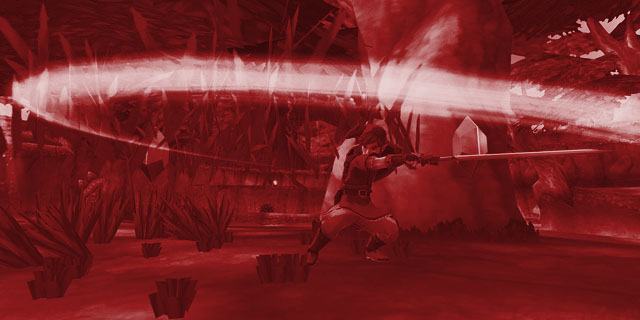
A Link to the present (and future)
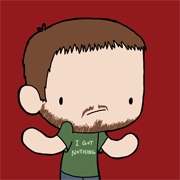 Nintendo stuck to its guns and released Skyward Sword, the last proper Zelda title, on the Wii in late 2011. This was its last big game for the motion control-based platform, and it demonstrated better use cases for the controller than most titles ever could. While Skyward Sword was considered by many to be another excellent entry in the long-running series complete with motion controls that, for the most part, worked great, it didn’t change things up enough. It seemed Nintendo wanted to try something a little different with the franchise, but the company simply didn’t push in that direction.
Nintendo stuck to its guns and released Skyward Sword, the last proper Zelda title, on the Wii in late 2011. This was its last big game for the motion control-based platform, and it demonstrated better use cases for the controller than most titles ever could. While Skyward Sword was considered by many to be another excellent entry in the long-running series complete with motion controls that, for the most part, worked great, it didn’t change things up enough. It seemed Nintendo wanted to try something a little different with the franchise, but the company simply didn’t push in that direction.
In a recent Nintendo Direct, Zelda series director Eiji Aonuma discussed with the audience the next major console release in the franchise. Aonuma went into brief details about wanting to finally change things up and try out some new things that previous games in the series never accomplished. For one, he mentioned being able to complete dungeons in any order, something that hasn’t been possible since the very early Zelda games. Second, he wants to tamper with the idea of playing the game alone, which hints at some kind of cooperative multiplayer (or perhaps something else entirely).
While these are very small glimpses into the thought process behind the upcoming Wii U entry in the series, they provided us with the idea that Aonuma’s team was finally going to try some new ideas that could change the very fundamentals of the franchise. If they succeed, we could see it becoming the prototype for future projects in the series, or at least a sign that there are plenty of new ideas yet to be explored for Link’s future adventures.
Meanwhile, the upcoming 3DS installment is a Link to the Past sequel. One title gives the idea of how the series could evolve, while another sticks to its roots and seemingly plays it safe. It’s somewhat odd messaging from Nintendo, but the potential for the series to advance is still there, even if we don’t see it for another year or two. – Andrew Passafiume
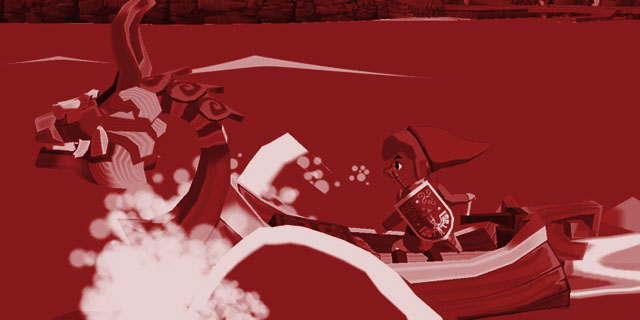
What’s the peak of the Legend of Zelda series?
 Jeff: I love the classics, so I’ve got to throw my name in for A Link to the Past. One of the legends of the Super Nintendo, this is the game that introduced so many of us to the Zelda formula as we know it today. While the NES original gave us the basic concept, I think Link to the Past really hit home what you need in a good Zelda. Even after the jump to three dimensions, we still find mechanics that had their origin back on the Super Nintendo.
Jeff: I love the classics, so I’ve got to throw my name in for A Link to the Past. One of the legends of the Super Nintendo, this is the game that introduced so many of us to the Zelda formula as we know it today. While the NES original gave us the basic concept, I think Link to the Past really hit home what you need in a good Zelda. Even after the jump to three dimensions, we still find mechanics that had their origin back on the Super Nintendo.
 Justin: I’m a top-down guy and a sucker for a gut-wrenching story, so my pick is Link’s Awakening by a mile. The simple graphics of the Game Boy forced Nintendo to lean on narrative, and everything is better for it. In case anybody reading this hasn’t experienced it yet I won’t spoil the story, but it blew me away as a kid, and I still love it today. It’s also the first time we ever saw a trading sequence in a Zelda game, and there are a fair number of Mario cameos around. Link’s Awakening is one of those titles that I think everybody should play, just to see the importance of narrative and player expectation.
Justin: I’m a top-down guy and a sucker for a gut-wrenching story, so my pick is Link’s Awakening by a mile. The simple graphics of the Game Boy forced Nintendo to lean on narrative, and everything is better for it. In case anybody reading this hasn’t experienced it yet I won’t spoil the story, but it blew me away as a kid, and I still love it today. It’s also the first time we ever saw a trading sequence in a Zelda game, and there are a fair number of Mario cameos around. Link’s Awakening is one of those titles that I think everybody should play, just to see the importance of narrative and player expectation.
 Andrew: It’s not my favorite, but I don’t think we’ve reached a higher peak in the series than we did with The Wind Waker. While most Zelda games follow the same core structure, Wind Waker changed the world completely with its sailing mechanics, which, to me, felt like a huge improvement over past games in terms of pure exploration. The art style is gorgeous as well; there’s a clear reason why we’re getting an HD remake, after all. On top of that, the dungeons are the best in the series, and even with the annoying Triforce piece hunt, I never found myself bored with the sailing and would spend hours simply exploring the world. It was relaxing in ways other Zelda games never could be, at least to me. I think there is potential for a future game in the series to surpass the heights reached by Wind Waker, but I wouldn’t be surprised if we never get to that point.
Andrew: It’s not my favorite, but I don’t think we’ve reached a higher peak in the series than we did with The Wind Waker. While most Zelda games follow the same core structure, Wind Waker changed the world completely with its sailing mechanics, which, to me, felt like a huge improvement over past games in terms of pure exploration. The art style is gorgeous as well; there’s a clear reason why we’re getting an HD remake, after all. On top of that, the dungeons are the best in the series, and even with the annoying Triforce piece hunt, I never found myself bored with the sailing and would spend hours simply exploring the world. It was relaxing in ways other Zelda games never could be, at least to me. I think there is potential for a future game in the series to surpass the heights reached by Wind Waker, but I wouldn’t be surprised if we never get to that point.
In our next installment, we’re looking at the rollercoaster saga of the speedy blue blur, Sonic. For more, check out the archive.



















